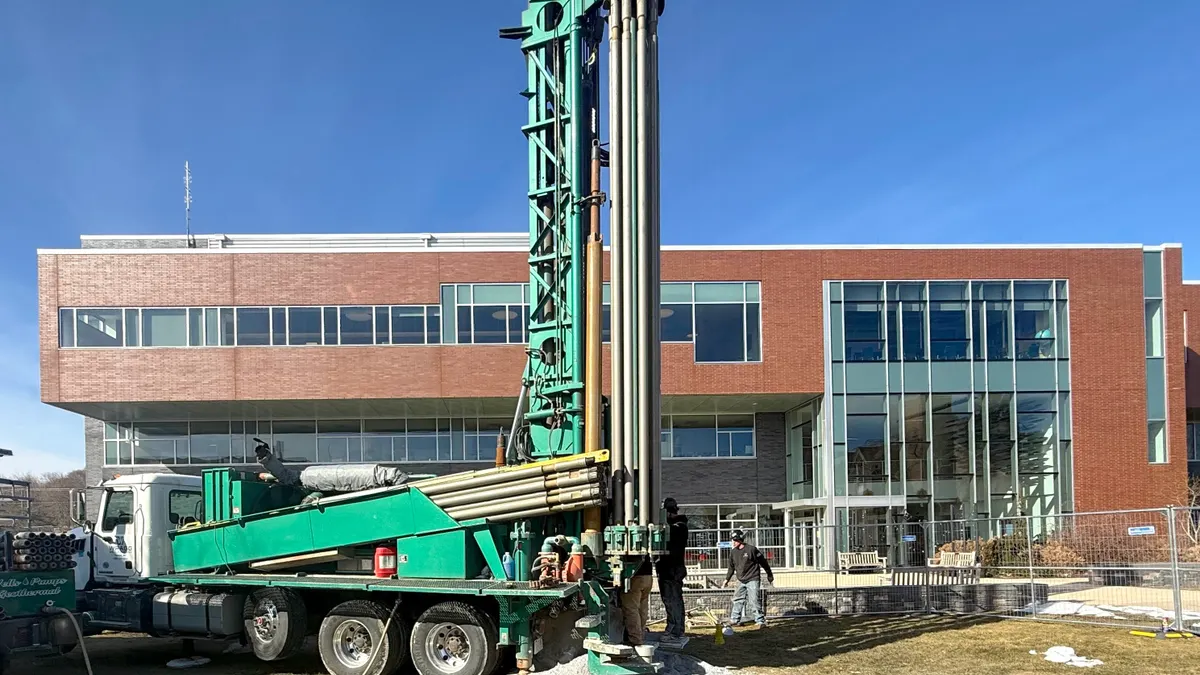Dive Brief:
- Windstream Enterprise will deploy a managed software-defined wide area network, or SD-WAN, at eight facilities operated by Major League Baseball’s Cleveland Guardians, including Progressive Field and their affiliated minor league team stadiums.
- The network will support internal communication as well as “game-day connectivity, radio and press broadcasters, and stadium applications like ticketing, hospitality and scoreboard management” through a simplified connection to Google Cloud that eliminates latency or interruption, Windstream said in an April 9 news release.
- Compared with the previous setup, the upgrade is expected to lead to a massive increase in performance, especially for voice, video and “any application that requires higher [connection] speeds,” Chris Alberding, senior director for SD-WAN at Windstream Enterprise, said in an interview.
Dive Insight:
SD-WANs use software to “create a centrally managed virtual [wide area network] that connects remote branches and locations regardless of the connection type, access point or carrier,” according to Windstream Enterprise.
The software separates the user’s network logic and configurations from physical components, such as fiber connections and modems, allowing the user to “configure, manage, monitor and secure most aspects of the WAN, including edge devices and traffic flows,” Windstream Enterprise says.
In practice, the capabilities of SD-WAN software make for a far more flexible, intelligent and usable system for multi-location users, Alberding said. Windstream’s SD-WAN solution includes a centralized portal, which Alberding calls “a single pane of glass” that allows users to see traffic flows in real time and optimize their networks to support specific needs. These adjustments include improving a critical app’s performance or blocking certain types of traffic, which users can implement with relative ease, Alberding said, noting that the company’s support desk can serve as an extension of the user’s internal IT team.
Windstream’s SD-WAN “gives us more flexibility in routing traffic and syncing data to and from various locations, and it even enables us to onboard new services without having to adapt one particular site or another,” Whitney Kuszmaul, senior director of infrastructure and operations for the Cleveland Guardians, said in a statement.
Since all traffic is encrypted, SD-WAN users can use the same network for functions with different security requirements. In a major league ballpark, that might mean running a public WiFi network alongside transactions that are compliant with the Payment Card Industry Data Security Standard, Alberding said. PCI-DSS, which aims to protect payment card information online, applies to organizations that store, process or transmit cardholder data, according to Axonius, a digital infrastructure firm that serves IT and security teams.
Windstream’s SD-WAN provides a direct, private connection to Google Cloud, reducing latency when hosting applications, Alberding said. A traditional network might send data through a user-operated data center or colocation hub before reaching its destination, which adds an extra step and can result in delays of five or six milliseconds, he said.
The direct cloud connection represents a 2-3 times performance improvement and “that is the benefit that really stood out for the Guardians,” Alberding said.
Another benefit of SD-WAN technology is its scalability, Alberding said, noting that Windstream Enterprise serves smaller-scale SD-WAN clients with two locations as well as larger-scale organizations with over 3,000 locations.
“In the grand scheme of things, the Guardians organization is actually a fairly small customer,” he said.
But SD-WAN is just as compelling for smaller, resource-constrained users without internal IT teams, as it allows these customers to use low-cost, consumer-grade cable broadband with cellular broadband backup “and see the same performance as enterprise ethernet,” Alberding said.











